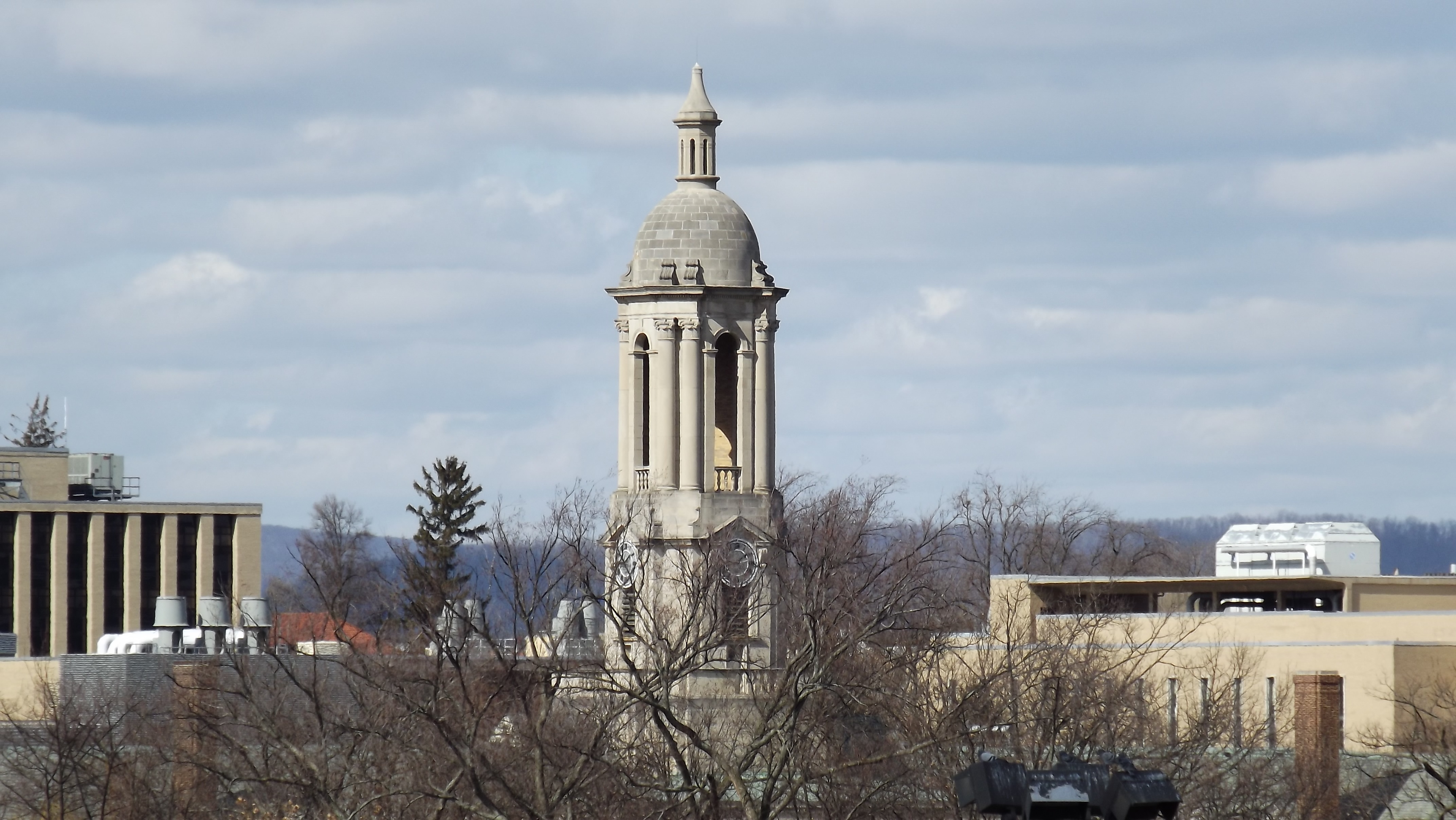On April 3, the Southeast Michigan Council of Governments (SEMCOG) announced that its general assembly adopted the Green Infrastructure Vision for Southeast Michigan. The vision ties together components of the region’s green infrastructure into an identified system and, for the first time, benchmarks existing green infrastructure, lays out a future vision, and provides policy recommendations on how to get there. In its existing inventory of green infrastructure, Southeast Michigan currently has 72,800 ha (180,000 ac) of public parks, more than 360,000 ha (900,000 ac) of trees, the only international wildlife refuge in North America, and the largest coastal wetland system in the Great Lakes. According to the plan, these areas will need to be managed, preserved, and, in some cases, restored.
The vision was developed through numerous stakeholder engagement sessions to gather input on priorities for the future of Southeast Michigan’s green infrastructure. This input, along with data gathering and analysis, resulted in 10 regional policies. The policies focus on managing Southeast Michigan’s green infrastructure as a network that is connected and publicly accessible, via riparian corridors and trails. Green streets also will serve as a priority component of the regional green infrastructure network. The plan involves increasing tree canopy, utilizing vacant property, outreach to public and government officials, and sustainability in terms of maintenance and finance. According to the vision, constructed green infrastructure should be focused on publicly owned land such as roads and government property in addition to private areas with large impervious surfaces, such as private parking lots, to improve the quality of local and regional water resources.




